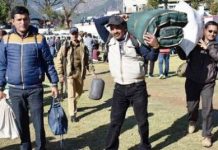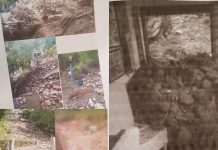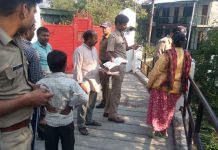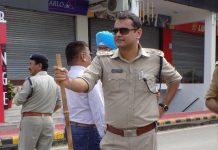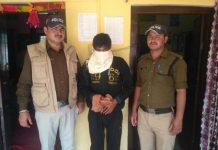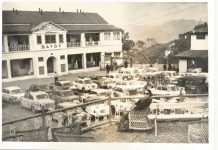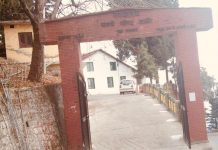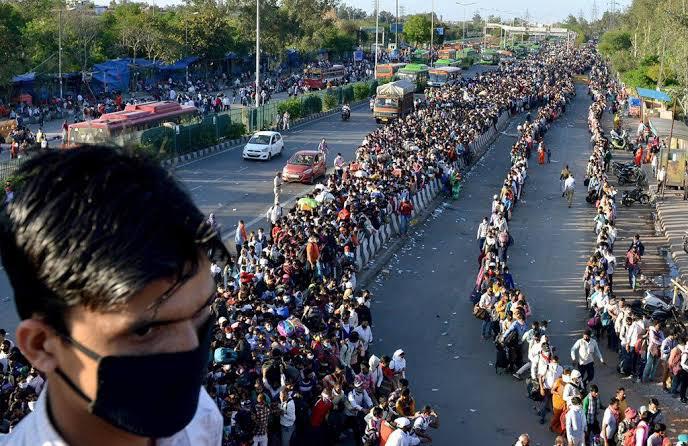New Delhi, As the threat of Corona epidemic is approaching its peak, and the national admin machinery groaning under its pressure, one is appalled to witness a vast multitude of labour force from outside Delhi, leaving the cities for their home in the village.
This desperate multitude of humanity was seeking a way out of Delhi putting practically not only the Capital but also their final destination i.e. their home in the villages under threat of the Covid-19.
This one mass movement puts all checks and balances of the Delhi Government out of gear as nameless, faceless families poured onto the streets roaming aimlessly from pillar to post in an attempt to leave Delhi.
Of course there is nothing wrong if someone wants to return to his/her native village in normal times, but this mass exodus when Air, Rail or Road transportation system have come to a grinding halt undoubtedly creates an unprecedented state of emergency.
Could this be avoided?
Immediate Action: Under normal circumstances the state machinery should have been able to accommodate the crowd in make shift arrangements /camps with all the civic and medicinal facilities like field hospitals /isolation areas available.
However in the absence of such a system the CIMIC (Civil Military Cooperation) procedures by the state should have been in place, well exercised with standard operating procedures or SOPs written decades ago.
The CIMIC operations could have directly involved Military assisted by paramilitary units to spring into action helped by the Home Ministry. The people effected could have been divided into proper camps / acquired buildings like schools and stadiums with day-to-day requirements till the crisis was over.
In the absence of such accommodation the Army and the paramilitary units could be brought in to create large tented camp areas with all the field accommodation including kitchen and toilet arrangement along with the medical and isolation facilities.
Experts from the Red Cross and St Johns Ambulance team could support this team of forces. All this had to be a part of the Civil Defence operations that would have come into play when the whole process or the emergency operations started. (This process is a part of internal security doctrine that should have been written, giving out necessary policies and standard operating procedures of the process involved).
Post Quarantine:
Post the prerequisite quarantine period gets over, but the emergency situation i.e. the epidemic continues, people could be dispatched or transported to their respective districts/ state capitals by Rail or Road (Rail being more efficient).
When it becomes evident that this sort of emergency directly involves aspect of National Security and calls for services to be involved i.e. to create Camps or provide transportation or escorts to the citizens then the first step by the center could have been:
- An immediate meeting of CDS, Chairman Railway Board and a Senior Secretary from Home Ministry could have been called.
- CDS could ask Army to form a Joint Ops Room in the form of NEEOC (National Emergency Evacuation Ops Centre) manned by personnel with appropriate seniority from Services, Railways and Min of Home.
- In turn the Home ministry could ascertain the total number of people involved in the crisis and requirement of transportation along with the total number of destinations involved like Kanpur, Allahabad, Patna, Gorakhpur, Ranchi so on and so forth. This would help the Army to calculate the number of units needed to help build the camps in the first place and thereafter be available to escort them back to the places earmarked.
The railways could accordingly make trains available. The destinations contacted in advance to make necessary provisions for receiving people, screening them escorting the lot to different districts. The infected ones duly quarantined.
Army: Army could provide required units to escort the masses to their destination. Also if any camp is required at the destination then the closest Military /Air Force Station could be called to take charge along with local administration and Medical Department.
Railways: Railways, as per the Home Ministry calculate and provide the required number of trains for transfer of people with Army escorts to various destinations. Prior informing enroute stations and one main station asked to prepare for any eventuality.
Home Ministry: Home Ministry along with the involved destination i.e. the State could ensure that proper camps are readied to receive the transferred people along with quarantine facility, if need be. Here the local police and Para military units could be put into action along with the Army and local administration. Most importantly paramilitary forces like BSF and ITBP could be kept on stand by to assist the army in any which way.
Air Force: At least one unit of Medium lift helicopters and medical evacuation capable helicopters with emergency medical teams on board could be made available.
All the above-mentioned organisations could be kept in direct contact with the NEEOC National Emergency evacuation operation centre at Delhi.
However if for any reason trains were not available then the Army and the Air Force could undertake a joint task with military and Air Force stations enroute playing their required roles.
Emergencies like epidemics and other natural disasters can strike any time. These have to be tackled with the help of proper policies and standard operating procedures. The National Security Doctrine should mention such situations and the procedure to be subsequently followed. Periodic exercises and drills conducted time to time will then ensure that there is no repeat of what we witnessed a few days ago.
For as the saying goes:
“THE MORE YOU SWEAT IN PEACE, THE LESS YOU BLEED IN WAR”










